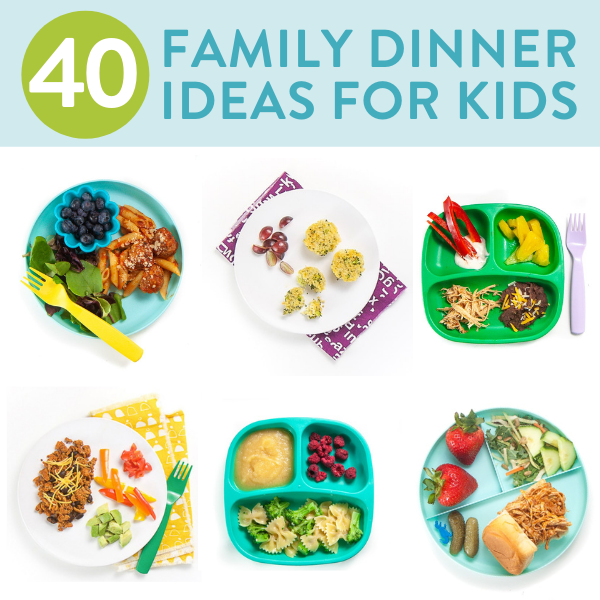
Wholesome Plates: Nourishing Balanced Meal Ideas for Kids
Ensuring that children receive balanced and nutritious meals is crucial for their overall health and development. By incorporating a variety of food groups and appealing presentations, caregivers can make mealtime enjoyable and encourage healthy eating habits. Let’s explore creative and balanced meal ideas that cater to the tastes and nutritional needs of kids.
Building a Foundation with Fruits and Vegetables
The foundation of a balanced meal for kids starts with a colorful array of fruits and vegetables. These provide essential vitamins, minerals, and fiber. Create vibrant fruit salads, offer fresh vegetable sticks with dips, or incorporate fruits into smoothies for a delightful and nutritious start to the meal.
Protein-Packed Options for Growth
Protein is essential for the growth and development of children. Include lean sources of protein such as poultry, fish, eggs, dairy, or plant-based alternatives like beans and tofu. Grilled chicken strips, baked fish nuggets, or a veggie-packed omelet are versatile and kid-friendly options to incorporate protein into meals.
Whole Grains for Sustained Energy
Whole grains are rich in fiber and provide sustained energy for active kids. Opt for whole-grain bread, brown rice, quinoa, or whole wheat pasta. Create engaging and tasty dishes like whole-grain wraps with colorful fillings or a vegetable stir-fry with brown rice to make whole grains an appealing part of the meal.
Dairy Delights: Calcium for Strong Bones
Dairy products contribute calcium for strong bones and teeth. Offer options like yogurt parfaits with fresh fruits, cheese cubes, or a smoothie made with milk. For those with lactose intolerance or dietary preferences, explore alternatives such as fortified plant-based milk or calcium-fortified foods.
Healthy Fats for Brain Function
Incorporating healthy fats is crucial for brain function and development in children. Include sources like avocados, nuts, seeds, and olive oil. Create tasty spreads for whole-grain crackers using avocado or serve a handful of mixed nuts as a snack. These additions not only contribute to nutrition but also add flavor and texture to meals.
Hydration: Water as the Primary Beverage
Encouraging good hydration habits is essential. Water should be the primary beverage for kids. Consider infusing water with slices of fruits or cucumbers to make it more appealing. Limit sugary drinks and encourage the habit of reaching for water throughout the day to support overall well-being.
Colorful and Creative Presentation
Presenting meals in a colorful and creative way can make a significant impact on kids’ interest in eating nutritious foods. Arrange fruits and veggies in fun shapes or create a visually appealing rainbow on the plate. Incorporate a variety of textures to stimulate their senses and make the dining experience enjoyable.
Involving Kids in Meal Preparation
Getting kids involved in meal preparation can foster a sense of ownership and excitement about their food. Allow them to choose ingredients, assist with simple tasks like stirring or assembling, and be part of the decision-making process. This involvement not only promotes a positive relationship with food but also encourages independence.
Balanced Snacking for Sustained Energy
In addition to main meals, balanced snacking is crucial for providing sustained energy between meals. Offer snacks that combine protein, fiber, and healthy fats. Examples include yogurt with granola, apple slices with nut butter, or vegetable sticks with hummus. These snacks keep kids energized and prevent excessive hunger.
Consistency and Flexibility in Meal Planning
While variety is key, consistency in meal planning helps establish routines and expectations. Create a weekly meal plan that includes a mix of familiar favorites and new dishes. Be flexible and willing to adapt to children’s evolving tastes. Involving them in the decision-making process can also make mealtime more enjoyable.
Ensuring that kids receive balanced meals involves creativity, variety, and a mindful approach to their nutritional needs. Explore more ideas and inspiration for crafting balanced meals for kids at Balanced Meals Ideas Kids.
